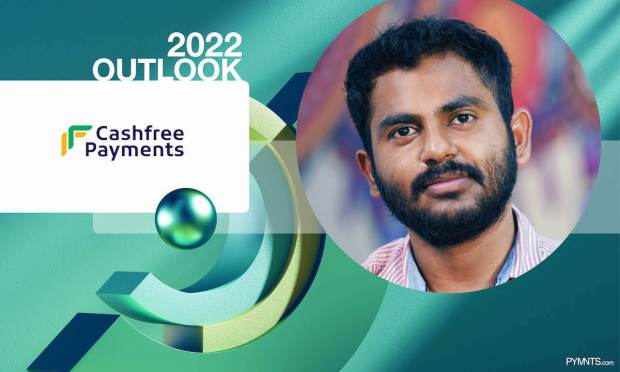India’s Innovation in Payments Tech: How Far It Has Come and What Can We Expect?

India is becoming an exciting platform for development and testing of new payment technologies thanks to progressive regulatory policies, digital innovations and expanding mobile internet use, writes Cashfree Co-founder Reeju Datta in the PYMNTS eBook, “Endemic Economics: 32 Payments Execs on the ‘Next Normal’ That Never Happened.”
At present, it is thrilling to see India’s transformation from a cash-dependent economy to an economy known for its digital payments landscape. The payment industry is going through a digital transformation driven by progressive regulatory policies, digital innovations and growing mobile internet usage.
Innovations That Hit the Mark
India is becoming an exciting platform for development and testing of new payment technologies. The volume of digital payments in India has increased by 33% year-on-year (YoY) during FY 2021-2022. A total of 7,422 crore digital payment transactions were recorded during this period, up from 5,554 crore transactions seen in FY 2020-21, according to the Ministry of Electronics and IT (MeitY).
In 2021, Unified Payments Interface (UPI) became the undisputed payments champion. It was the most used platform for digital transactions during the period, accounting for 452.75 crore transactions with a value of ₹8.27 lakh crore, until the end of February 2022.
The next phase of growth in UPI is expected to come from the AutoPay feature, which allows recurring payments of up to Rs 5,000. UPI AutoPay has seen massive traction in the past few months. Recently, the Reserve Bank of India (RBI) has said since half the transactions on the UPI platform are of small value, it will enable them through an “ondevice” wallet in UPI applications, to help reduce stress on the banking system and make the transaction process even simpler. Further, the RBI has also said it will launch a UPI-based digital payments solutions for feature phone users.
India’s buy now, pay later (BNPL) industry is also booming and expected to surge with the rapid rise in the number of users. The advantage of BNPL lies in its convenience as a payment option. The short-term financing option is especially gaining much popularity among the masses in India, as it enables them to buy commodities of larger ticket-sizes, converting them into affordable buying options. From a business point of view, brands in India are also tapping into BNPL’s benefits such as increase in the customer lifetime value, conversion rate, engagement rate and customer return rate.
What’s Coming in the Near Future?
SoftPOS and banking as a service are two spaces where we can expect rapid and even visible development.
Internet companies and emerging FinTechs are increasingly looking to embed financial services into their products. This is leading to the development of enabler platforms that offer Banking as a Service (BaaS) and help bridge the gap between companies and banks, bringing in exciting possibilities in the banking ecosystem as well as in the future of payments.
Banking as a Service allows FinTech and non-financial services enterprises to provide banking services to their customers. For instance, services like accounts, issuing cards, investment, lending, etc.
With BaaS driven interactions among banks, NBFCs and FinTechs, we expect to witness further advancements and perhaps, also radical developments and solutions like co-lending, delivery of credit lines, account aggregation services and similar API-driven services.
In payments, with tap-and-pay NFC-based payments becoming ubiquitous, hardware POS devices may slowly be replaced by mobile phones acting as POS devices with ability to accept payments from NFC cards and even cards hosted virtually on NFC enabled phones. Development of tap and pay abilities and credit for UPI, which has already shown unprecedented growth through QR codes, can be a major boost unlocking even more growth. Regulatory moves like removing the need for a second factor of authentication for transactions up to Rs 5000 is a major driver here.
